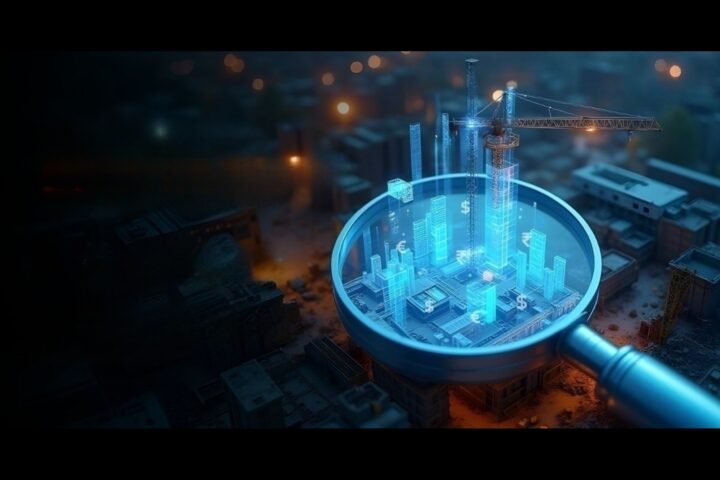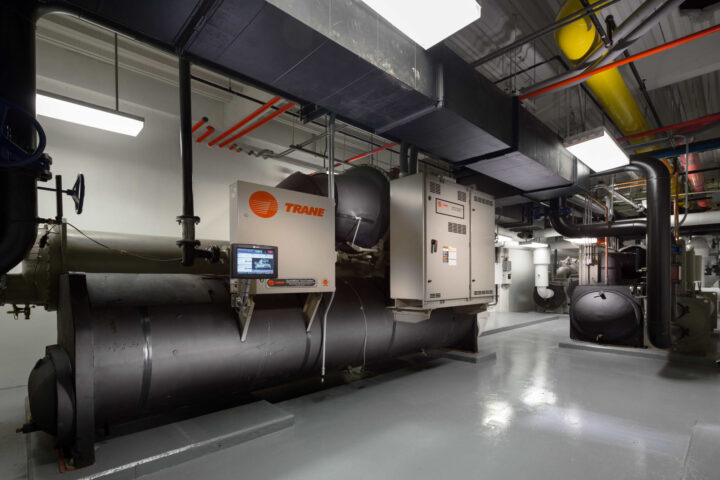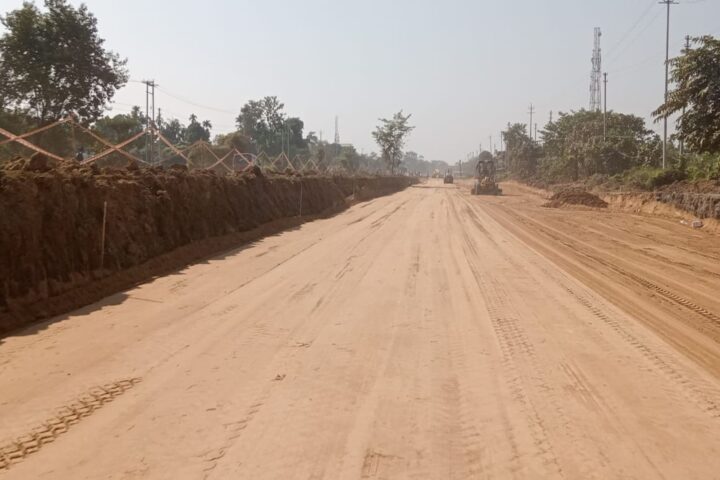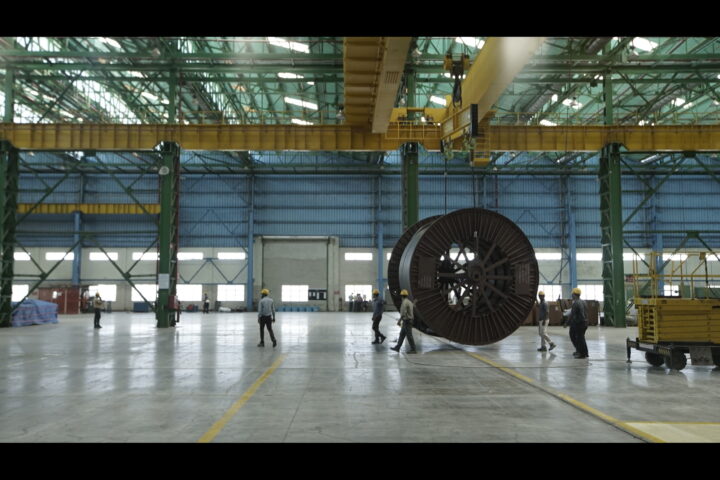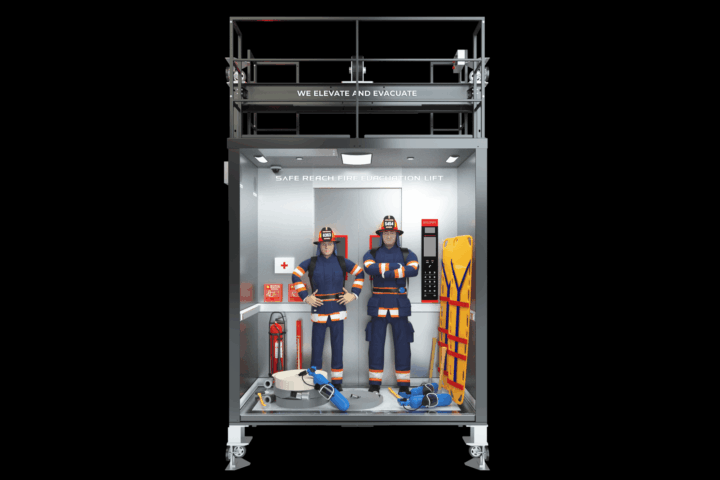Overall, this budget has been progressive with comprehensive coverage and careful planning for the futuristic growth of the country. The government is working steadily and continuously towards the development of the infrastructure sector. Nirmala Sitharaman, the Finance Minister of India mentioned during her speech, the PM’s Gati Shakti project which is based on six pillars will improve multi-modal connectivity and provide a boost to the infrastructure development of the country. The project includes the expansion of roads, railways, airports, waterways, and logistics. As a part of the plan, 16 ministries will work in collaboration towards integrated infrastructure development and 100 new Cargo Terminals will be developed in the next three years.
Also, the proposed masterplan for National Highways development of 25,000 km by 2022-23 will ensure connectivity of remote areas with the manufacturing hubs. It will facilitate last-mile connectivity of infrastructure while providing integrated and seamless movement of people, goods, and services from one mode of transport to another. With this enhanced connectivity, the transport and logistic costs will be reduced and the supply chain will become more efficient to deliver goods much faster to the consumers. It will also help reduce wastage of perishable goods and assist in just-in-time inventory management.
The infrastructure development will further drive the growth of allied industries such as cement, steel, and others. Since everything will now work using an integrated model, the warehousing and storage sector will get a huge boost.
Before the pandemic, the warehousing sector in the past, through years has been growing at a CAGR of 5%. Now with the e-commerce thrust, during and post-pandemic times, the sector has been growing at a CAGR of 12% to 13%. However, if we move in the right direction in sync with the government agenda, then I foresee the CAGR of the warehousing industry in India to be 18% to 20% in the next two to three years.





